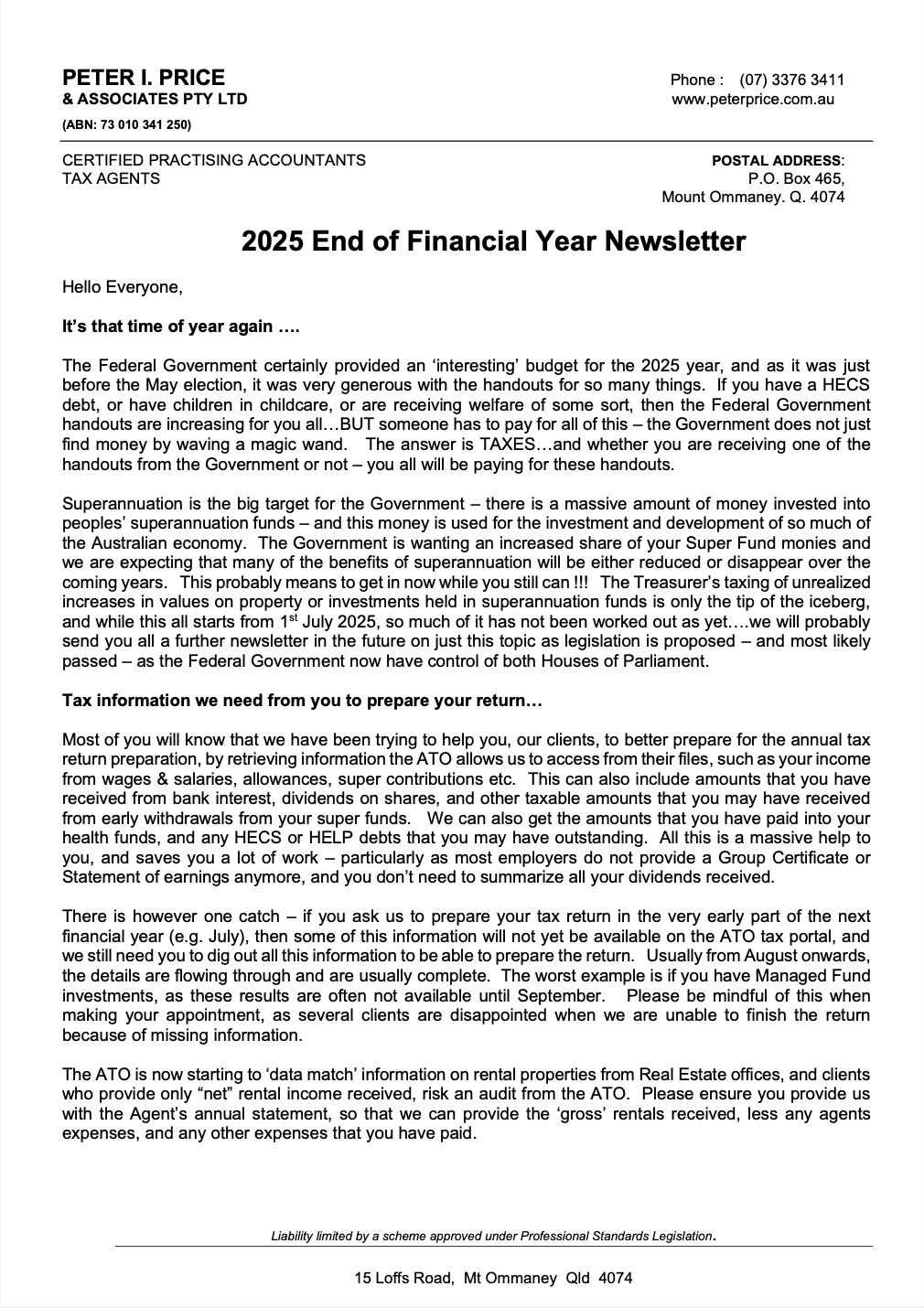Roles and Responsibilities in a Business Partnership

.
In Short
- Clearly define each partner’s roles and responsibilities to avoid misunderstandings and disputes.
- Establish decision-making processes, including voting rights and key decision areas.
- Prioritise regular communication and formalise arrangements in a written partnership agreement.
Tips for Businesses
Document roles, decision-making procedures and dispute resolution mechanisms in a formal agreement. Schedule regular meetings and use communication tools to stay aligned. As your business evolves, review and update your arrangements to keep them relevant and effective.
Business partnerships can be a powerful way to combine talents, resources and expertise to create a successful venture. However, the success of any partnership heavily relies on clearly defined roles and responsibilities. Without proper delineation, misunderstandings can arise, leading to conflicts and potentially jeopardising the business. This article examines the essential aspects of establishing clear expectations in a business partnership.
Defining Roles and Areas of Responsibility
One of the first steps in establishing a successful business partnership is clearly defining each partner’s roles and areas of responsibility. This process involves a thorough assessment of each partner’s strengths, weaknesses and expertise, allowing for an optimal allocation of tasks and duties.
Assessing Individual Strengths and Expertise
Begin by conducting an honest evaluation of each partner’s skills, experience and areas of expertise. This assessment should consider both technical skills and soft skills, such as leadership abilities, communication styles and problem-solving capabilities. By understanding each partner’s unique strengths, you can allocate roles that best utilise these attributes.
Clearly Outlining Specific Responsibilities
Once you’ve identified each partner’s strengths, it’s crucial to clearly outline specific responsibilities. This should include day-to-day operational tasks, strategic planning duties and any specialised roles within the business. Be as detailed as possible to avoid ambiguity. For example, instead of simply assigning ‘marketing’ to a partner, break it down into specific tasks such as ‘developing marketing strategies’, ‘managing social media accounts’ and ‘overseeing advertising campaigns’. The more clarity is provided from the outset, the more it will minimise the risks of misunderstandings and future disputes.
In some areas, there may be an overlap in skills or interests between partners. It’s important to address these overlaps and decide how responsibilities will be shared or divided. Similarly, identify any gaps in expertise that may need to be filled, either through additional training or by bringing in external resources or people.
To illustrate how roles and responsibilities might be divided in practice, consider the following examples:
- In an accounting firm partnership:
- Partner A (Tax Specialist): Responsible for managing the tax department, overseeing complex tax planning strategies and staying up-to-date with tax legislation changes.
- Partner B (Audit Specialist): In charge of leading the audit team, managing client relationships for audit services and ensuring compliance with auditing standards.
- In a restaurant partnership:
- Partner A (Culinary Director): Handles menu development, kitchen management and food supplier relationships.
- Partner B (Operations Manager): Manages front-of-house operations, staff hiring and training and customer relations.
- In a digital marketing agency partnership:
- Partner A (Content and SEO Strategist): Leads content strategy, SEO (ie, search engine optimisation) services and client account management.
- Partner B (Advertising and Growth Director): Oversees paid advertising campaigns, social media marketing and business development.
These are merely examples of how partners can divide responsibilities based on their individual strengths and expertise. However, it is also important to note that while partners may have primary areas of focus, they should still collaborate and communicate regularly to ensure the overall success of the business.
Documenting Roles in a Partnership Agreement
Once roles and responsibilities have been agreed upon, it’s crucial to document them in a formal partnership agreement. This legal document should clearly state each partner’s duties, areas of authority and any limitations on their decision-making power. Having this in writing can prevent future disputes and provide a reference point if questions arise about each partner’s responsibilities.
Establishing Decision-Making Processes
Clear decision-making processes are vital for the smooth operation of a business partnership. Without established procedures, partners may find themselves in a deadlock or making decisions that the other partner disagrees with, leading to conflict and potentially harming the business.
Determining Voting Rights and Procedures
Decide how voting rights will be allocated among partners. This could include equal voting rights for all partners, weighted voting based on ownership percentages, or other agreed-upon criteria. Establish clear procedures for conducting and recording votes to ensure transparency and accuracy.
For example, a partnership might establish that all major decisions require a 75% majority vote, with each partner’s vote weighted according to their ownership stake. They could specify that votes must be conducted during official partnership meetings, with at least 7 days’ notice given to all partners. The procedure might require that votes be recorded in official meeting minutes, detailing the motion, the votes cast and the outcome. By clearly outlining these procedures in their partnership agreement, partners can ensure transparency and fairness in decision-making processes.
Identifying Key Decision Areas
Outline which decisions require unanimous agreement and which can be made by individual partners or by a majority vote. Typically, major decisions such as taking on debt, admitting new partners, or changing the nature of the business require unanimous agreement, while day-to-day operational decisions are left to individual partners within their respective areas of responsibility.
Significantly, the classification of key decision areas ultimately depends on the specific business in which the partnership operates. For a local retail partnership, major decisions requiring unanimous agreement might include expanding to a new location, taking on significant debt for renovations or significantly changing the store’s product offerings. In contrast, routine decisions such as ordering seasonal inventory within pre-agreed budget limits or adjusting store hours during holiday seasons might be left to individual partners or decided by a majority vote. Partners should carefully consider their business’s unique characteristics when:
- defining which decisions require full partner involvement;
- ensuring the process is both efficient; and
- tailoring to their specific needs.
Implementing a Dispute Resolution Mechanism
Despite best efforts, disagreements may still arise. In this case, you should implement a clear dispute resolution mechanism in your partnership agreement. This could involve mediation, arbitration or other agreed-upon processes to resolve conflicts when partners cannot reach a consensus through normal decision-making channels.
Regular Review and Adjustment
Business environments change, and so do partnerships. Accordingly, establish a process for regularly reviewing and adjusting decision-making procedures as needed. This helps ensure that your decision-making processes remain effective and aligned with the evolving needs of your business and partnership.
Legal Vision

